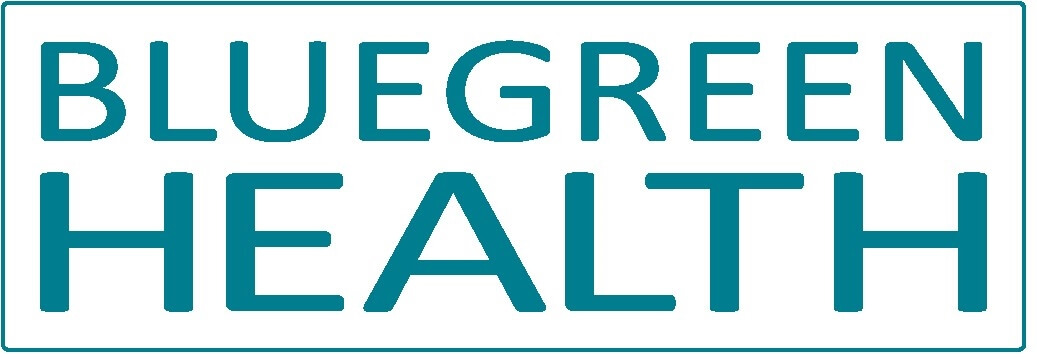We all know menopause can be very challenging.
But apart from the common symptoms we are familiar with, there are other serious conditions that start manifesting once we reach menopause and at post menopause.
There is little to no awareness about the significant link between menopause and breast cancer.
The statistics are clear: about 8 out of 10 cases of breast cancer happen in women over 50.
It has been proven the risk of developing breast cancer increases with age. This is the result of cellular damage occurring over the decades, and over time this leading to malignant tumours.
The condition is most common in women over age 50 who have reached or have been through the menopause.
The statistics are extremely clear: about 8 out of 10 cases of breast cancer happen in women over 50.
Women with close relatives who have had breast cancer or ovarian cancer, may have a higher risk of developing breast cancer.
However, because breast cancer is the most common cancer in women, it’s possible for it to occur in more than one family member by chance.
Most cases of breast cancer do not run in families, but some genetic defects predispose women to a higher risk of breast cancer.
The best-known genes linked to breast cancer are defective BRCA1 and BRCA2 genes.
Both women and men carry these genes BRAC genes which are essential in repairing cellular damage before it leads to cancer initiation.
Being a carrier of a defective BRAC1 or 2 gene increase your risk of developing both breast and ovarian cancer to 50%.
It’s possible for these genes to be passed on from a parent to their child. They are the genes routinely tested.
There are other defective genes, like TP53 and CHEK2, also associated with an increased risk of breast cancer; but they are rarely tested.
High breast density has been shown to be a strong, independent risk factor for breast cancer. It has been reported that women with a high breast density compared to women with a low breast density have a four-to sixfold increased risk of developing the disease.
Additionally, women undergoing Hormone Replacement Therapy (HRT) for longer than 1 year and women who had breast cancer in the past, have a higher risk of developing breast cancer.
For example, if you have previously had breast cancer or early non-invasive cancer cell changes in breast ducts, you have a higher risk of developing it again, either in your other breast or in the same breast.
Some benign changes in your breast tissue, such as cells growing abnormally in ducts (atypical ductal hyperplasia), or abnormal cells inside your breast lobes (lobular carcinoma in situ), can make getting breast cancer more likely.
Mass screening programs are based on mammography to detect breast cancer start from age 40 in the US and 50 in the UK. All UK women who are 50 to 70 years of age should be screened for breast cancer every 3 years as part of the NHS Breast Screening Program. Women over the age of 70 are still eligible to be screened and can arrange this through their GP or local screening unit.
Breast health awareness is a crucial aspect of a healthy lifespan for all woman and all ethnicities.
What can we do to protect ourselves?
First of all, we need to do monthly self-exams as well as Breast ultrasound exams and Mammography. Additionally, Dr Naomi Newman-Beinart, PhD, Nutritionist (BSc) (CPsyhol) recommends including an innovative patent pending breast health supplement in our daily routine:”Breast360 provides much needed breast health support for every woman. It includes powerful plant extracts with antioxidant activity. Best taken daily as part of a health routine”
References:
https://www.nhs.uk/conditions/breast-cancer/causes/
https://www.cancer.gov/types/breast/breast-changes/dense-breasts
https://www.webmd.com/breast-cancer/breast-cancer-hormone-replacement-therapy-cancer-risk
